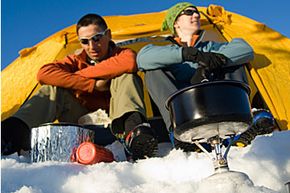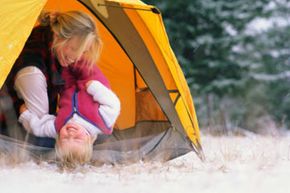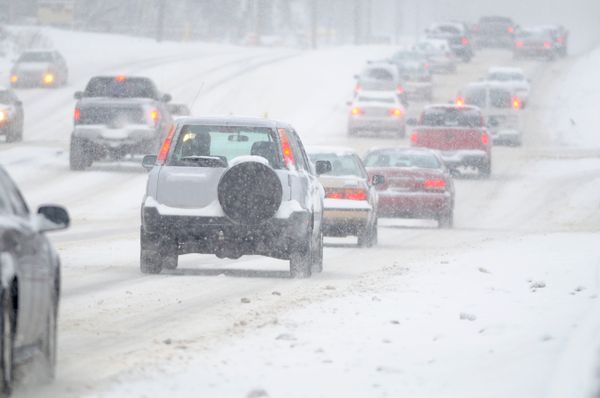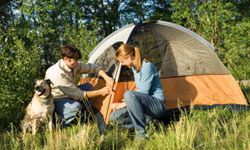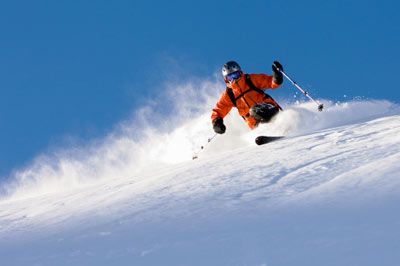There is something eternally calming about wintertime. While summer brings everyone to any and all available green spaces, the outdoor enthusiast that ventures out in the winter tends to find things a lot calmer and a lot less crowded. It may seem doubly so with snow, as it blankets the earth and quiets everything down to a hushed crunch as you walk through the woods, the tree branches heavy with a powdery layer.
So, if you're looking for a chance to get away from it all and reconnect with nature, then winter is a perfect time to escape for a camping trip. You'll find that the trails are pretty much empty, that your favorite campsites are open, and that magnificent view you're so in love with has taken on a completely different look in snow-covered form. Yes, there's nothing quite like a camping trip in the snow.
Advertisement
But if you're thinking of venturing into the snowy wild, you'll want to make sure you're prepared for what you'll be dealing with. It goes without saying that camping in the winter is going to be totally different than a summertime excursion. Camping in the bitter cold of a winter's night is certainly something you'll need to plan well to be as safe as possible..
Before you get started, you'll want to double check some vital facts. These include your route and whether you'll be on an established trail or not. Knowing those pertinent details will help you decide what you'll need to bring along with you. Also, what sort of snow levels and qualities should you expect? Are you going to be dealing with shallow and packed snow, or will the trail be covered in deep powder? Again, knowing what you're getting into before heading out will allow you to prepare properly [source Outdoor Action]. Really, as long as you aren't expecting extreme weather, such as massive storms, any sort of snowy conditions will be ripe for camping as long as you're prepared.
So, you've checked the trail and know what snow to expect, and you're already packed up and ready to go. The only thing left is for us to get our warm socks, slip on our hiking boots and trek on over to the next page, where we'll take a look at your essential checklist for snow camping.
Advertisement
